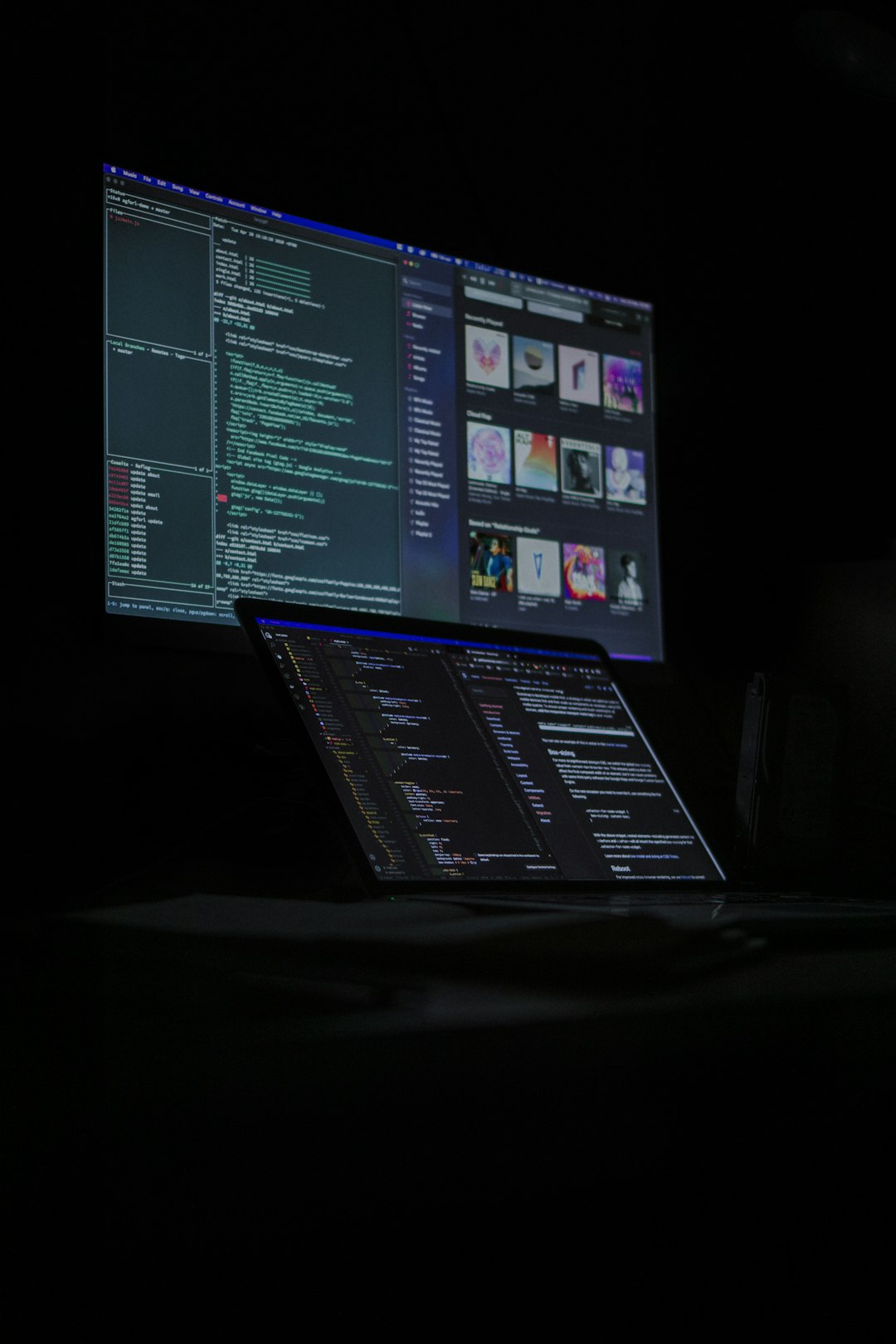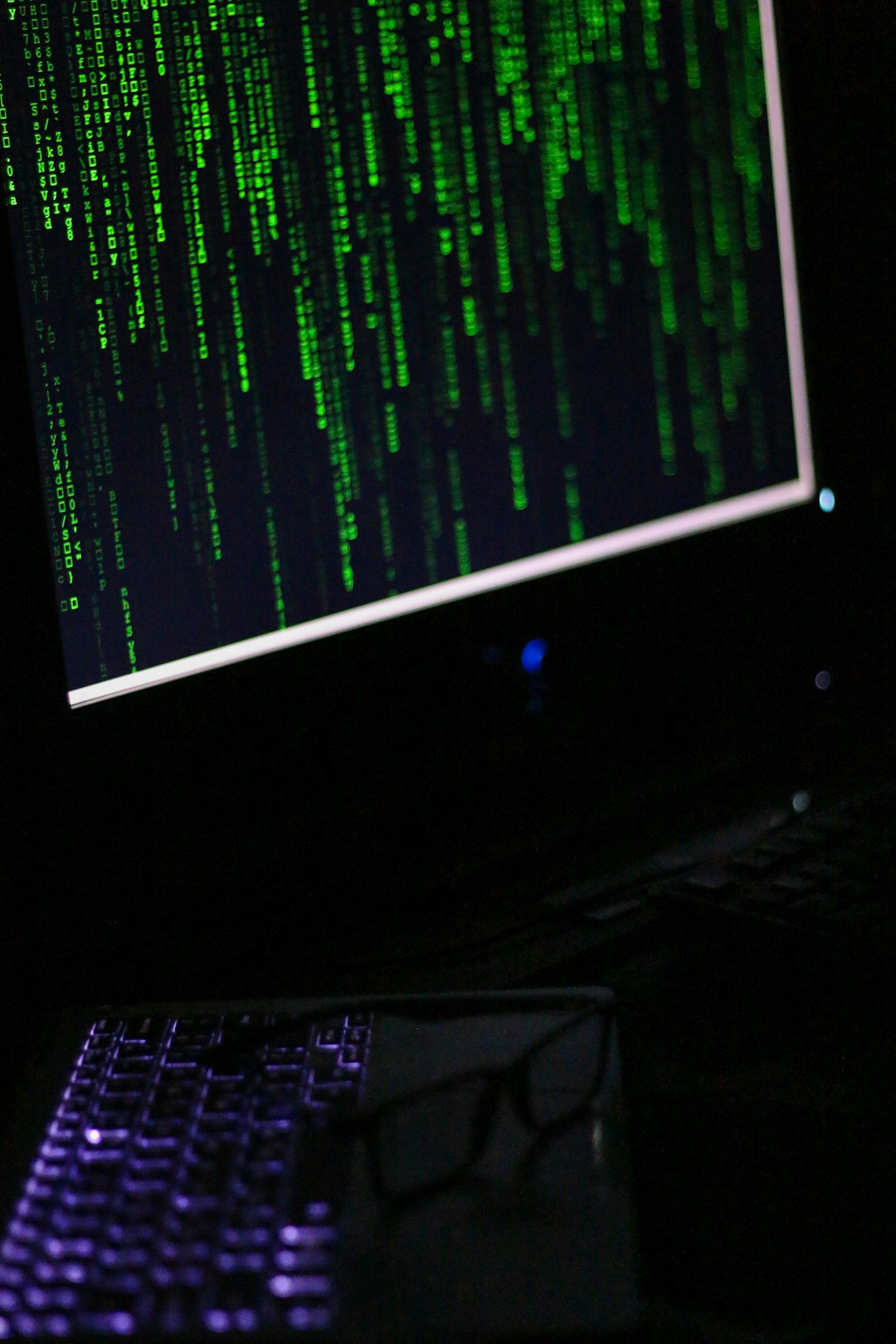When you open your Task Manager and start scrolling through running processes, you might come across something that looks unfamiliar or perhaps suspicious — a name like svchost.exe LocalServiceAndNoImpersonation. It’s certainly a mouthful, and with so many similar-looking processes running in the background, it’s natural to wonder whether this is something legitimate or a hidden threat lurking in your system.
What is svchost.exe?
Before diving into the specifics of LocalServiceAndNoImpersonation, it’s important to understand what svchost.exe actually is. The file svchost.exe stands for “Service Host”. It’s a critical system process used by Windows to host one or more Windows services. These services perform essential system functions — anything from network connection tasks to Windows updates.
Microsoft designed it this way to improve system performance by grouping similar services into a single process, reducing the overhead on system resources. However, this also means your computer could be running many instances of svchost.exe at once, each hosting different services.

Understanding LocalServiceAndNoImpersonation
Now, let’s unwrap the term LocalServiceAndNoImpersonation. This label refers to how the Windows service is hosted by svchost.exe:
- LocalService: This is a built-in, restricted account that has limited privileges on your system. It’s intentionally designed to run system services with minimal access to avoid security risks.
- NoImpersonation: This flag indicates that the service does not assume the security credentials of the calling client. In simpler terms, it means it won’t “act as” or impersonate another user, which is a way of maintaining strong security boundaries.
Together, they signify that this particular service group is running in a restricted mode, improving your system’s security by preventing unauthorized access and privilege escalation.
Is It a Virus?
This is the big question many users ask: Is svchost.exe LocalServiceAndNoImpersonation a virus? The short answer is: most likely not. In almost all cases, it is a legitimate part of the Windows operating system. However, some viruses or malware might disguise themselves with similar names to avoid detection.
Here’s how to determine whether the process is suspicious:
- Right-click the entry in Task Manager and choose “Open file location.” The legitimate svchost.exe should reside in
C:\Windows\System32. If it’s located somewhere else, that’s a major red flag. - Look for unusual behavior like high CPU usage, unexpected pop-ups, or system instability. These could indicate the process is being misused by malware.
- Run a full antivirus scan using trusted security software, especially if you’re unsure.

Why Does It Use Resources?
You might notice this process using CPU or memory from time to time. That’s completely normal. It’s not the svchost.exe process itself that’s consuming resources, but rather the services it hosts. For instance, if it’s running a Windows Update service, you’ll see spikes in resource usage periodically.
If the usage remains consistently high and causes performance issues, consider checking which services are running within the process. This can be done using the “Services” tab within the Task Manager or by using the command prompt:
tasklist /svc /fi "imagename eq svchost.exe"
This command will list active services associated with each svchost.exe instance, giving you insights into what’s actually being run.
Can You Remove or Disable It?
The short and direct answer is no, you should not disable or remove svchost.exe LocalServiceAndNoImpersonation. It’s a core process that your operating system relies upon to function properly. Disabling it could cause important services to fail, rendering your Windows OS unstable.
If you’re experiencing issues that you believe are connected to this process, it’s better to investigate the individual services it hosts or perform system diagnostics using tools such as System File Checker (sfc /scannow) or DISM.
Conclusion
Svchost.exe LocalServiceAndNoImpersonation may look confusing, but it’s an important component of the Windows operating system designed with security and efficiency in mind. While it’s not inherently a threat, it’s always good practice to be vigilant, especially when you notice anything unusual in your system’s behavior.
To keep your system safe:
- Use up-to-date antivirus software
- Regularly run malware scans
- Understand which processes are running and why
With a little knowledge and the right tools, you can confidently navigate the often-mysterious world of system processes!



